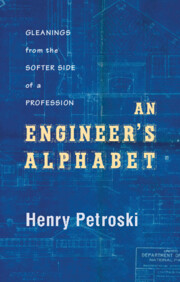P
Published online by Cambridge University Press: 25 October 2011
Summary
patent system. The American patent system has its foundation in the U.S. Constitution. According to Article I, Section 8, the Congress has the power “to promote the Progress of Science and useful Arts, by securing for limited Times to Authors and Inventors the exclusive Right to their respective Writings and Discoveries.”
During much of the nineteenth century, physical models of inventions were submitted with patent applications. A fire in the Patent Office destroyed all such models submitted prior to 1836, and more were lost in a second fire, in 1877. Those that have survived are scattered in collections ranging from that of the Smithsonian Institution to those of private collectors. As engineer-turned-historian-of-technology Eugene Ferguson pointed out, patent models are useful for dating the state of the art of such things as screws and other fasteners. Patent models were no longer required after about 1880, except to accompany patent applications for perpetual-motion machines. See American Enterprise: Nineteenth-Century Patent Models (New York: Cooper-Hewitt Museum, 1984).
Almost ten thousand U.S. patents were issued before the present serial numbering system was initiated with U.S. Patent No. 1, which was issued on July 13, 1836. By the end of the nineteenth century, the number of U.S. Patents exceeded 600,000. Patents continued to grow exponentially, and by the end of the twentieth century the number exceeded 6,000,000. The 7,000,000 mark was reached in 2006, and patent number 8,000,000 was expected to be granted in 2011.
- Type
- Chapter
- Information
- An Engineer's AlphabetGleanings from the Softer Side of a Profession, pp. 231 - 262Publisher: Cambridge University PressPrint publication year: 2011



